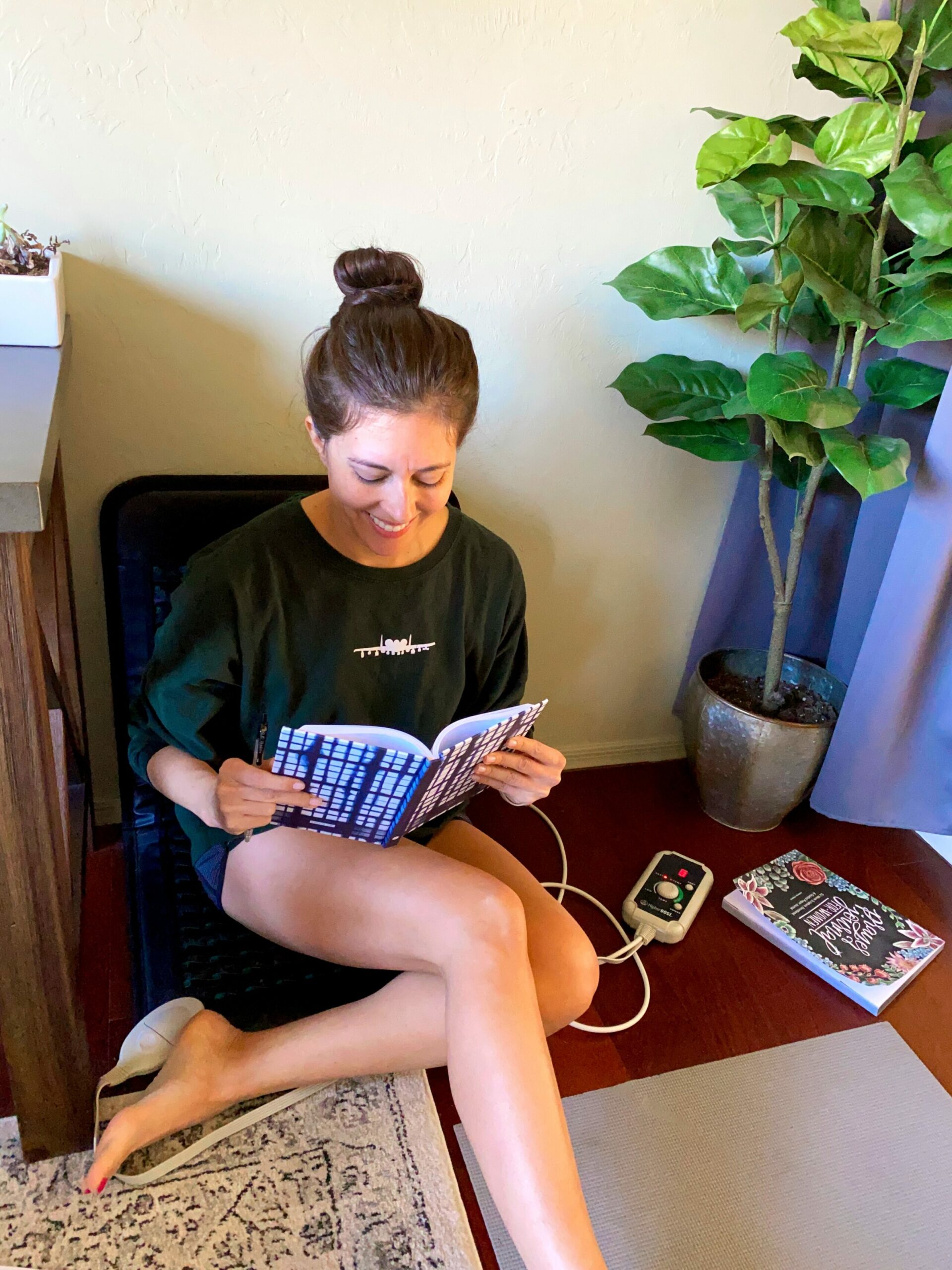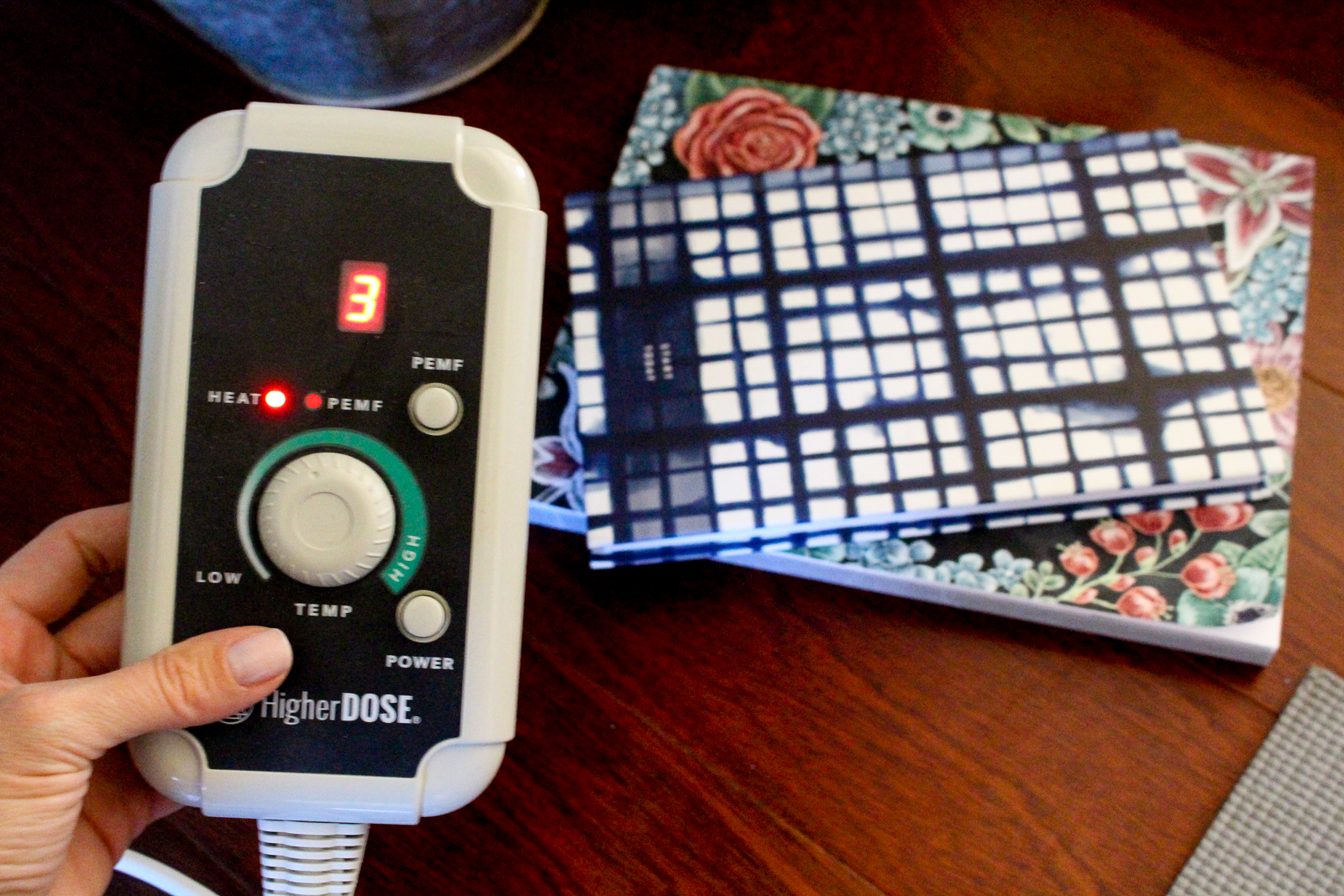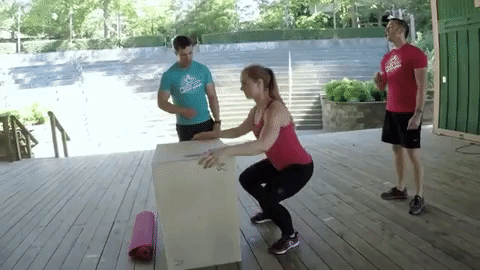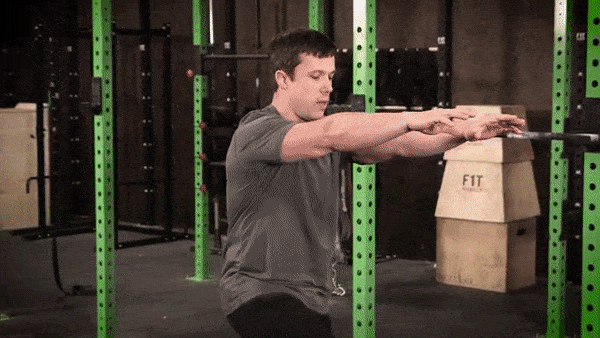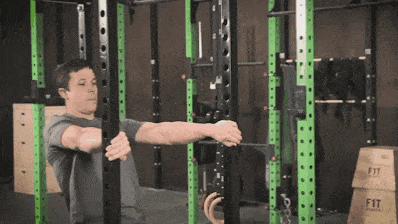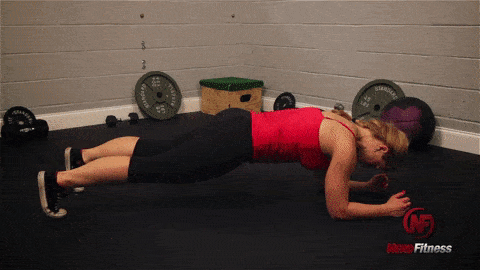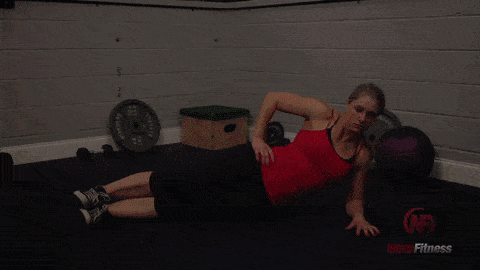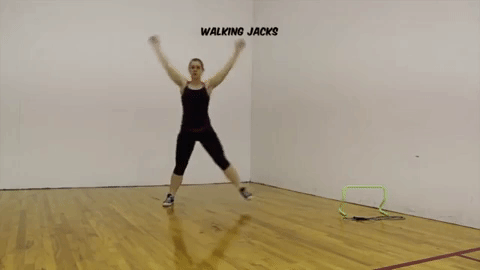HigherDOSE PEMF GO Mat Review
Reviewing the HigherDOSE PEMF GO Mat for people who want relaxation, pain relief, and improved sleep. I’m sharing how I use it for all three at the same time! If you’re interested in getting one of your own, check out the link here and use FITNESSISTA15. I’m also a huge fan of the HigherDOSE sauna blanket and the red light face mask.
Hi friends! How are you? I hope you’re having a wonderful morning! I’m packing up for a little upcoming trip and getting everything ready to go. Ready for some (more) California beach air!
For today’s post, I figured it was time I did a full review for something I use every.single.day: the infrared PEMF Go Mat. I’ve posted about it quite a bit and many friends on IG agreed that it’s worth the hype and one of the best things ever. When I first ordered the mat over a year ago, I knew I wanted something to bring me pockets of relaxation but also energy throughout the day. That’s exactly what it does for me, and today, I’m sharing all the details!
Friendly reminder to check with your doctor before using any new wellness gadgets to make sure it’s a fit for you! This product is not intended to diagnose, treat, cure, or prevent any disease.
PEMF technology promotes rest and digest, which can have a calming effect on the mind.
PEMF technology was originally used by NASA to promote health of the astronauts while in space. PEMF stands for Pulsed Electromagnetic Field Therapy, and is designed to mimic the vibrations found in nature. These vibrations interact with our organs and tissues to help promote healing and relaxation. It’s been scientifically shown to potentially reduce aches, pains, inflammation, improve circulation, and other ailments. It’s been FDA approved for decades and is used in animals as well as humans. You may have seen PEMF used by doctors, surgeons, physical therapists, and chiropractors. Thankfully, they now have lower-cost and portable versions like this, so you can get the benefits at home!
Some studies regarding PEMF technology:
Successful application in post-COVID fatigue regarding mental wellbeing and energy
Effectiveness with neck pain improvement
Improved pain, stiffness, and function
How PEMF can potentially improve anxiety and depression
While it can have all of these internal healing capabilities, it also feels AMAAAAAZING. I feel relaxed yet energized, present, and focused whenever I use my mat.
Features
When you receive your mat, you get a simple instruction guide and safety information (treat it like many other electronic devices). The set-up takes less than 5 minutes. You just attach the plug to the base, plug it in, and set up wherever you’d like.
Benefits
– This particular infrared PEMF mat is the Go size (about 2/3 the size of a yoga mat), which makes it very easy to transport and move around. I can use it on the floor to meditate, or also put it on my desk char for longer work sessions. They have a full-size option here, which you can use if you’d like to practice gentle yoga on the mat or lie down and have your entire body be on the surface of the mat.
– In addition to the PEMF therapy, it also includes infrared heat. It gets up to 70 degrees celsius, and you can wear whatever you’d like when you’re using the mat. I find that if you want the heat cranked up, it’s better to wear more clothing as a barrier.
– Layers of healing tourmaline crystals, charcoal, and clay. These help to produce negative ions which can neutralize free radicals and improve mood.
– Low EMF. I’m always wary of electronic devices emitting extra radiation and was glad to discover that it’s low EMF.
Disadvantages
– The fabric is a little bumpy. I’v heard you can practice yoga on the mat, but I don’t think I would because the surface has ridges.
– No sweating. When I use infrared heat, I like to SWEAT. However, I can’t walk around like a sweaty beast all day and don’t always have time to shower, so this is helpful when I want the benefits without the full commitment.
How do you use it?
– Set it up where you’d like to use the mat. Plug it in, and adjust the PEMF frequency depending on your goal. It has level 1-4, with 4 being the highest frequency.
Here are the different settings (from their website) and levels of Hz frequency:
Level 1 | 3hz – Delta Brain Wave
3 Hz is for deep relaxation and can help with falling asleep and staying asleep. When we are in a very deep sleep, our brains are typically in Delta. This can occur throughout the night, but it is typically the most intense in the hour after we’ve fallen asleep. Often times, this is the deepest sleep we get into during the night and this allows the brain to slow down dramatically – ultimately giving the body a chance catch up, facilitating healing and regeneration of tissues.
Level 1 can be used before sleep to help you drift off and keep you in this body-brain nurturing state. In the waking hours, level 1 can also be helpful if you are feeling anxious and want a boost back to equilibrium.
Level 2 | 7.8hz – Theta Brain Wave + Schumann Resonance
The Earth’s natural frequency, also known as the Schumann Resonance, is 7.8 Hz! When you’re feeling disconnected or overstimulated from computer and cell phone usage, or can’t get outside, use Level 2 to recharge and reconnect.
7.8hz is in the Theta brain wave, which can also be accessed during sleep. This portion of our night is known as dream sleep which only accounts for about one third of the total sleep time.
When our brains are in Theta, we can experience deep creative insights, enhanced learning and memory, and improved stress tolerance.
Level 3 | 10hz – Alpha Brain Wave
Alpha falls right in the middle of the brain wave spectrum and is predominately known for being present during meditation and wakeful relaxation. Using Level 3 at 10hz can promote mindfulness and open-mindedness, as well as reduce the physical effects stress and increase tissue regeneration.
Level 4 | 23hz – Beta Brain Wave
Beta brain wave is present during our waking hours when we are most alert, focused, and involved in daily living and decision making. By using level 4, Beta waves are stimulated and promote improved mental function, increased concentration, and improved memory. This is especially helpful if you find yourself hitting a mid-day slump, or feel sluggish. Hit the PEMF Mat for an instant recharge!
Avoid using level 4 before bedtime, or if you are feeling anxious.
*The mat’s PEMF cycle is 20 minutes long with 100-minute breaks in between. This cycle repeats 4 times before shutting off completely.
– I use the level 3 setting for meditation or after intense workouts, Level 2 if I’ve been on the computer for too long, Level 4 if I hit a slump during a workday, and Level 1 before sleep!
– For the heat, it can get very toasty. I like it at a level 4.
How do you clean it?
Since I don’t get sweaty at all on this mat, I just use a soft towel to wipe away dust. It’s super easy clean-up.
How much does the Higher Dose PEMF Go Mat cost?
Right now, it’s $599 but you can get a discount with this link and with my code FITNESSISTA15
Final verdict:
100% worth it. It’s one of the tools in my wellness kit that I genuinely miss when I travel, and use every single day. It helps me with mental focus, clarity, relaxation, and takes my meditation and devotional time to the next level.
So, tell me, friends: what’s one of your favorite wellness essentials? If you could pick one, would you go with the sauna blanket or PEMF Go Mat?
xo
Gina
More:
HigherDOSE Infrared Sauna Blanket review
Fitness gear that’s worth the hype (and what’s overrated)
The post HigherDOSE PEMF GO Mat Review appeared first on The Fitnessista.
from The Fitnessista https://ift.tt/Xt2v87q
